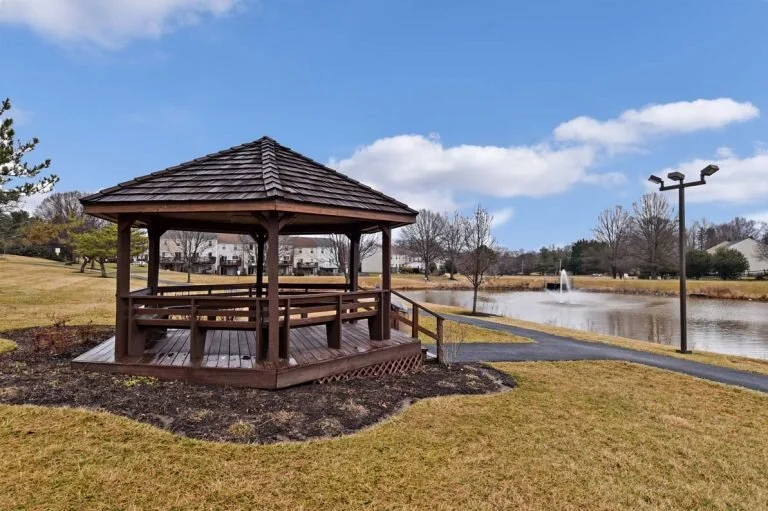Olney is located in the north central part of the county, twenty miles north of Washington, D.C. It was largely agricultural until the 1960s, when growth of the Washington suburbs led to its conversion into a mostly residential area. In 2007, Olney ranked #17 on Money magazine’s list of the 100 best places to live in America. In 2013 it was ranked #22 in Money magazine’s “top-earning towns” edition of “America’s Best Places to Live.
In 1763, Richard Brooke received a patent for a tract of land located in the Province of Maryland. Originally known as Mechanicsville, the village which became Olney was established in 1800. The area was mostly farmland, but it soon began attracting artisans. Early residents Sarah Brooke and Dr. Charles Farquhar were devotees of the English poet William Cowper, and named their home after the poet’s hometown of Olney in England. The area was later named for their home, which still stands and is known as the Olney House. In the town’s center was a blacksmith, William Kelley’s wheelwright shop, Canby’s pottery factory, and a Benedict Duley’s store. The Brooke family held the largest tracts of land in Olney, whose central village was at the intersection of the Rockville to Baltimore road, and the one which connected Washington with Westminster, Maryland, to the north. The Quaker community in Sandy Spring thrived just to Olney’s east. The Sandy Spring Museum is a historical museum featuring educational programs and displays. St. John’s Episcopal Church was established in 1842 and survives to this day.

